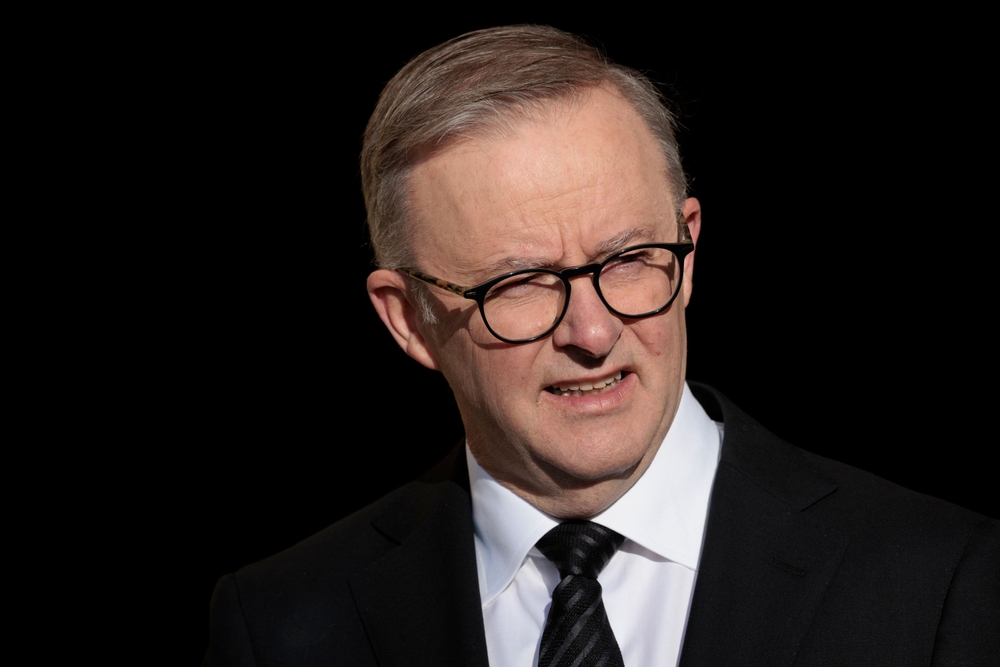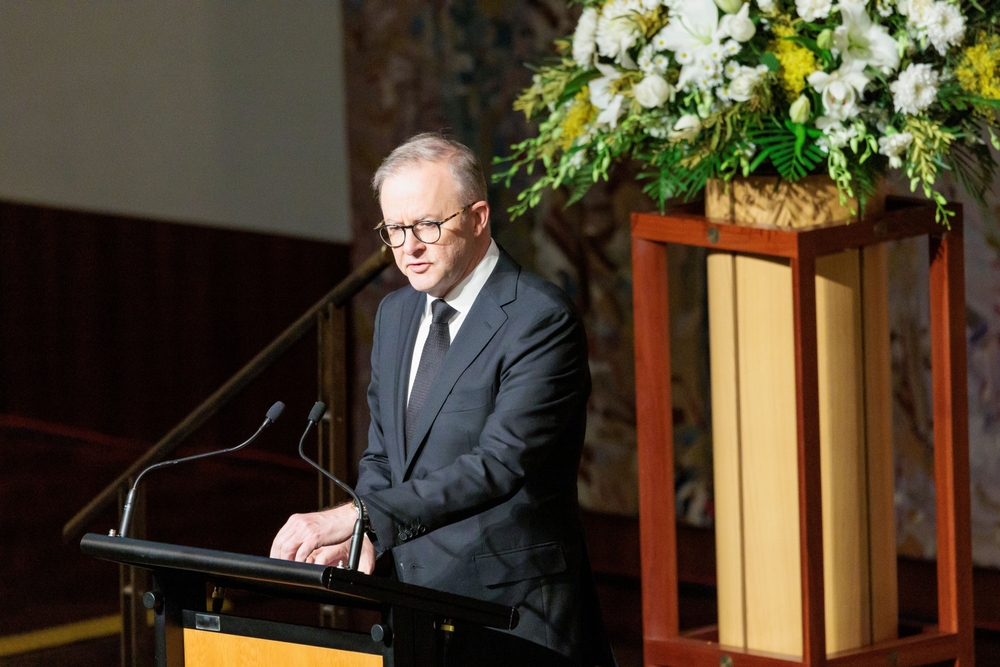Australia’s Landmark Ban on Social Media for Under-16s: A Bold Step, But How Will It Work?
Australia is on the verge of enacting the world’s first national ban on social media for minors under the age of 16. This bold legislative move, officially named the Online Safety Amendment (Social Media Minimum Age) Act 2024, is set to take effect on December 10, 2025. It positions Australia as a global pioneer in digital child protection, but the implementation of such a policy raises more questions than it answers about enforcement, privacy, and its real-world impact {3}.
What the Ban Means for Minors and Platforms
The law mandates that age-restricted platforms, including TikTok, Snapchat, Instagram, Facebook, and X, prevent Australians under 16 from opening or holding accounts {3}. Following a recommendation from the eSafety Commissioner, YouTube was also included after research found that 37% of children who reported encountering online harm said it occurred on the platform {1}.
The law defines an "age-restricted social media platform" as an electronic service with the sole or significant purpose of enabling social interaction where users can post material and interact with one another {3}. This is a crucial distinction, as it exempts services like messaging apps (e.g., WhatsApp), online games, and education platforms (e.g., Google Classroom) from the ban, as their primary function is not to facilitate broad, public user-generated content {3}.
For minors, this means a significant change to their digital lives. While they will still be able to watch YouTube videos while logged out, they will lose access to account-specific features like personalized recommendations, commenting, and posting their own content {1}. For existing accounts, platforms are expected to deactivate them if the user is under 16 by the time the law takes effect {3}.

Prime Minister Anthony Albanese
The Enforcement Challenge: What Does "Reasonable Steps" Mean?
The legislation places the full burden of enforcement on the platforms, not on parents or children. Non-compliant platforms face substantial fines of up to AU$49.5 million per breach {3}. However, the law's success hinges entirely on a vague, yet critical, phrase: taking "reasonable steps" to enforce the age restriction.
The government has intentionally not prescribed a single, mandatory age-verification technology. Instead, it expects platforms to implement their own solutions. While a government-funded trial of various age assurance technologies is underway, critics and even some government officials have acknowledged that "this is not going to be simple or easy" {2}. These "reasonable steps" are expected to include a combination of deactivating existing underage accounts, ensuring no new accounts are created, and stopping efforts to circumvent the rules {2}.
Crucially, the government has stated that Australians will not be compelled to use government-issued identification, such as passports or driver's licenses, to prove their age. Platforms must offer reasonable alternatives to such methods {3}.
A Privacy Minefield? The Debate Over Data Collection
The enforcement of this ban opens a new front in the battle for digital privacy. While the government has included strong privacy protections in the law, such as requiring platforms to destroy age-verification data after it is used, there are still significant concerns {3}.
Critics argue that the very act of collecting and storing age data—even temporarily—poses a privacy risk. To comply with the law, platforms may be forced to use technologies like biometric scanners or other forms of digital ID that could create new vulnerabilities for all users {4}. This has led privacy advocates to question whether the solution to one online harm could inadvertently create another, larger threat to every Australian's data privacy {4}.
The Wider Ripple Effect
Australia’s ban is being closely watched on the global stage, with Prime Minister Anthony Albanese planning to advocate for international adoption at a United Nations forum {2}. This signals a new era in which governments are moving beyond simply fining platforms for harmful content and are instead taking direct action to restrict access at a fundamental level.
However, the ban is not without its critics. While government officials stand firm, tech companies warn that a ban may simply push minors toward unregulated platforms, creating an even more dangerous "digital underground" {2}. The debate over this law underscores a fundamental tension: the government's duty to protect its most vulnerable citizens versus the potential for legislative overreach in a complex digital world. As the deadline looms, all eyes will be on Australia to see if this pioneering ban can truly deliver on its promise of a safer online future.
Related: Why Do Some Countries Ban WhatsApp?
Sources
{1} "Australia bans YouTube accounts for children under 16 in reversal of previous stance - AP News."
{2} "Albanese says banning children from social media 'not going to be easy' as key questions unanswered - The Guardian."














